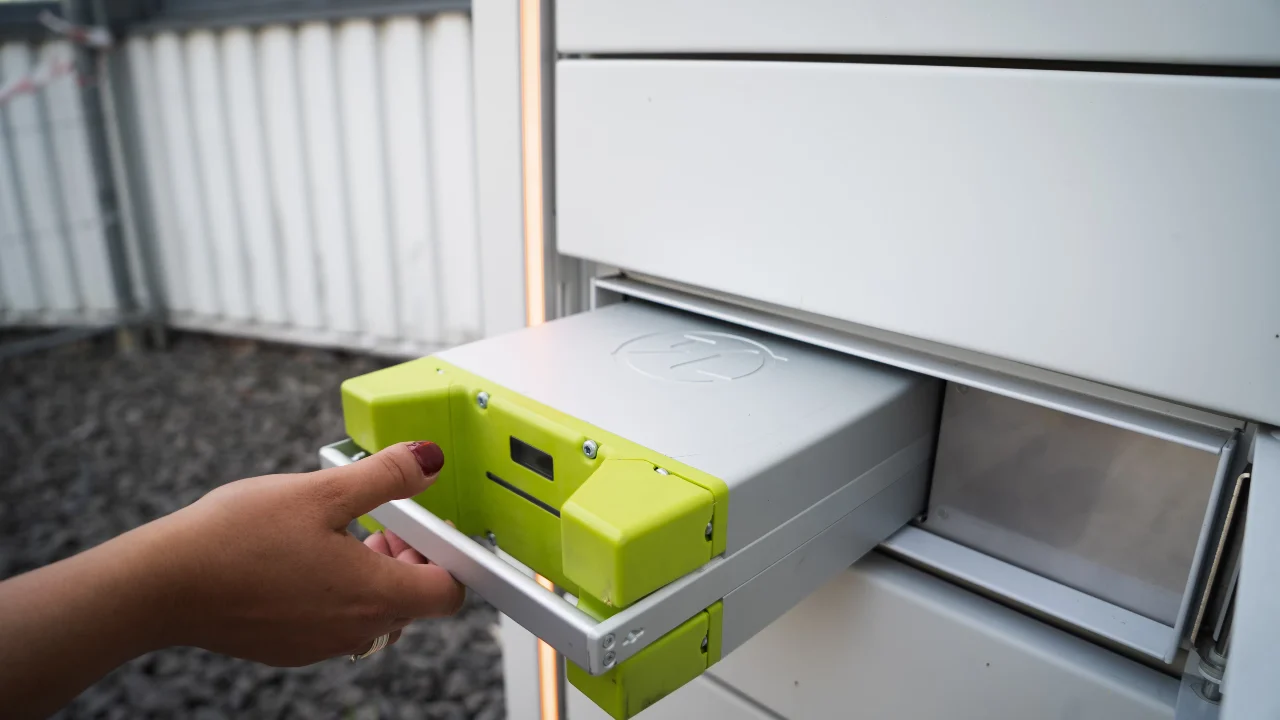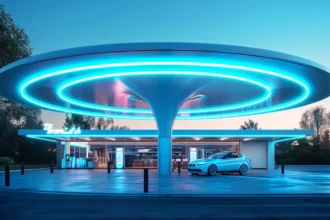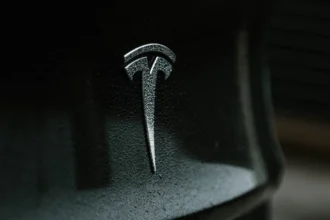EV Battery Swapping Market Set to Triple in Size by 2029
Imagine driving your electric car to a station and, instead of waiting hours to charge, getting a fully charged battery in just five minutes. This is not science fiction—it’s the rapidly growing reality of battery swapping technology. According to recent data from GlobeNewsWire, the global market for electric vehicle battery swapping is expected to grow dramatically in the coming years, transforming how we think about powering our electric vehicles.
What Is Battery Swapping and Why Is It Growing So Fast?
Battery swapping is a clever solution to one of the biggest problems with electric vehicles—charging time. Instead of plugging in your car/bike and waiting, swapping lets you exchange your depleted battery for a fully charged one in minutes. This market is projected to grow from $894.2 million in 2024 to a massive $2.8 billion by 2029, according to GlobeNewsWire.
The compound annual growth rate of 25.5% means the market will more than triple in just five years. To understand what this means: if you invested $100 in this market today, it would theoretically be worth about $310 by 2029 if it follows the projected growth rate. This remarkable expansion is happening because battery swapping solves the two biggest hurdles for electric vehicle adoption: long charging times and range anxiety.
The Companies Changing How We Power Electric Vehicles
Several innovative companies are leading this revolution. Market leaders include AMPLE, which focuses on modular battery architecture, and NIO, a Chinese company that has already built an extensive network of swapping stations across Asia. Gogoro has become famous for its scooter battery swapping network that works like a vending machine for batteries.
Among the emerging startups, Battery Smart stands out with its impressive network of 1,200 stations across more than 35 cities. They handle about 100,000 battery swaps every day—that’s more than one swap every second, around the clock! This shows how quickly this technology is being adopted, especially for smaller vehicles like electric bikes and three-wheelers.
Lithion Power Pvt. Ltd is pioneering what’s called the battery-as-a-service model, where you don’t buy the battery with your vehicle—you essentially rent it through a subscription. This dramatically lowers the upfront cost of electric vehicles, making them more affordable for average consumers.
Why Asia-Pacific Dominates the Battery Swapping Market
The Asia-Pacific region currently holds more than 70% of the global market share for battery swapping, according to BCC Research. This dominance isn’t accidental—it’s the result of strategic government policies and unique transportation needs.
| Region | Growth Rate (CAGR) | Key Drivers |
|---|---|---|
| Asia-Pacific is growing at a rate of 23.3% annually, which means this region is rapidly expanding its battery swapping infrastructure and adoption. | Europe is growing slightly faster at 25.1% annually, showing that other regions are working hard to catch up with Asia’s early lead in this technology. | Government support is crucial—China has set ambitious targets for battery electric vehicle sales, while India has created specific policies to promote battery swapping as a solution. |
In densely populated Asian cities, where many people rely on two-wheelers and three-wheelers for transportation, battery swapping makes perfect sense. These smaller vehicles have less space for large batteries, and their owners often can’t afford vehicles with expensive, long-range battery systems.
The Technology Behind the Boom
The lithium-ion battery segment is expected to dominate the market by 2029. These batteries have become the standard because they offer the best combination of energy density, charging speed, and lifespan. According to the International Energy Agency (IEA), battery manufacturing reached an impressive 2.5 TWh in 2023, increasing by 780 GWh from 2022.
To put this in perspective, one terawatt-hour (TWh) is enough energy to power about 70 million homes for a day. This massive increase in production capacity is helping to drive down battery costs, making electric vehicles more affordable for everyone.
- Falling Battery Prices: Battery costs have dropped by more than 80% over the past decade, making EVs increasingly competitive with traditional vehicles. This price reduction means the battery—typically the most expensive component of an electric vehicle—now costs thousands of dollars less than it did just a few years ago.
- Battery-as-a-Service Model: This innovative approach separates the cost of the battery from the vehicle purchase. Instead of buying the battery outright, consumers pay a subscription fee or per-use charge. This can reduce the initial cost of an electric vehicle by 30-40%, making them much more accessible to average consumers.
- Increased Efficiency: Modern battery swapping stations can complete a swap in as little as 3-5 minutes, comparable to refueling a traditional vehicle. This eliminates one of the biggest barriers to EV adoption—the long charging times that can make electric vehicles less convenient for some users.
Electric Vehicle Sales Are Accelerating Worldwide
The growing demand for battery swapping is directly linked to the rapid increase in electric vehicle sales. In 2023, global electric car sales reached nearly 14 million, representing 18% of all vehicle sales, according to the International Energy Agency. This marks a 35% increase compared to 2022.
What does this 18% market share actually mean? Just five years ago, electric vehicles made up less than 5% of global car sales. The current figure represents a massive shift in consumer behavior and manufacturer priorities. If this trend continues, electric vehicles could become the majority of new car sales within the next decade.
How Battery Swapping Could Change Transportation Forever
Battery swapping technology is not just about faster “refueling”—it fundamentally changes the economics of electric vehicle ownership. By separating the battery (the most expensive component) from the vehicle purchase, companies can offer electric vehicles at prices comparable to or even lower than gasoline vehicles.
The subscription and pay-per-use service models being developed mean that consumers only pay for the battery power they actually use. This is similar to how we pay for mobile phone data rather than buying the cell tower infrastructure.
For commercial fleets like delivery vehicles or taxis, battery swapping offers an even more compelling advantage: virtually no downtime. A delivery van can be back on the road in minutes rather than hours, maximizing productive time and revenue.
Looking Ahead: The Future of EV Battery Swapping
As the market grows from $894.2 million to $2.8 billion over the next five years, we can expect to see battery swapping stations become as common as gas stations in some regions, particularly in Asia. The technology will likely expand from its current focus on two-wheelers and three-wheelers to include more passenger cars and commercial vehicles.
The standardization of battery designs will be a critical challenge to overcome. For battery swapping to reach its full potential, the industry needs to agree on common battery formats and connection standards, similar to how gas pump nozzles are standardized.
For consumers, the rapid growth of this market means more options and potentially lower costs for electric vehicle ownership. As battery swapping infrastructure expands, the last major barrier to widespread EV adoption—charging convenience—may finally be overcome, accelerating our transition to cleaner transportation.











